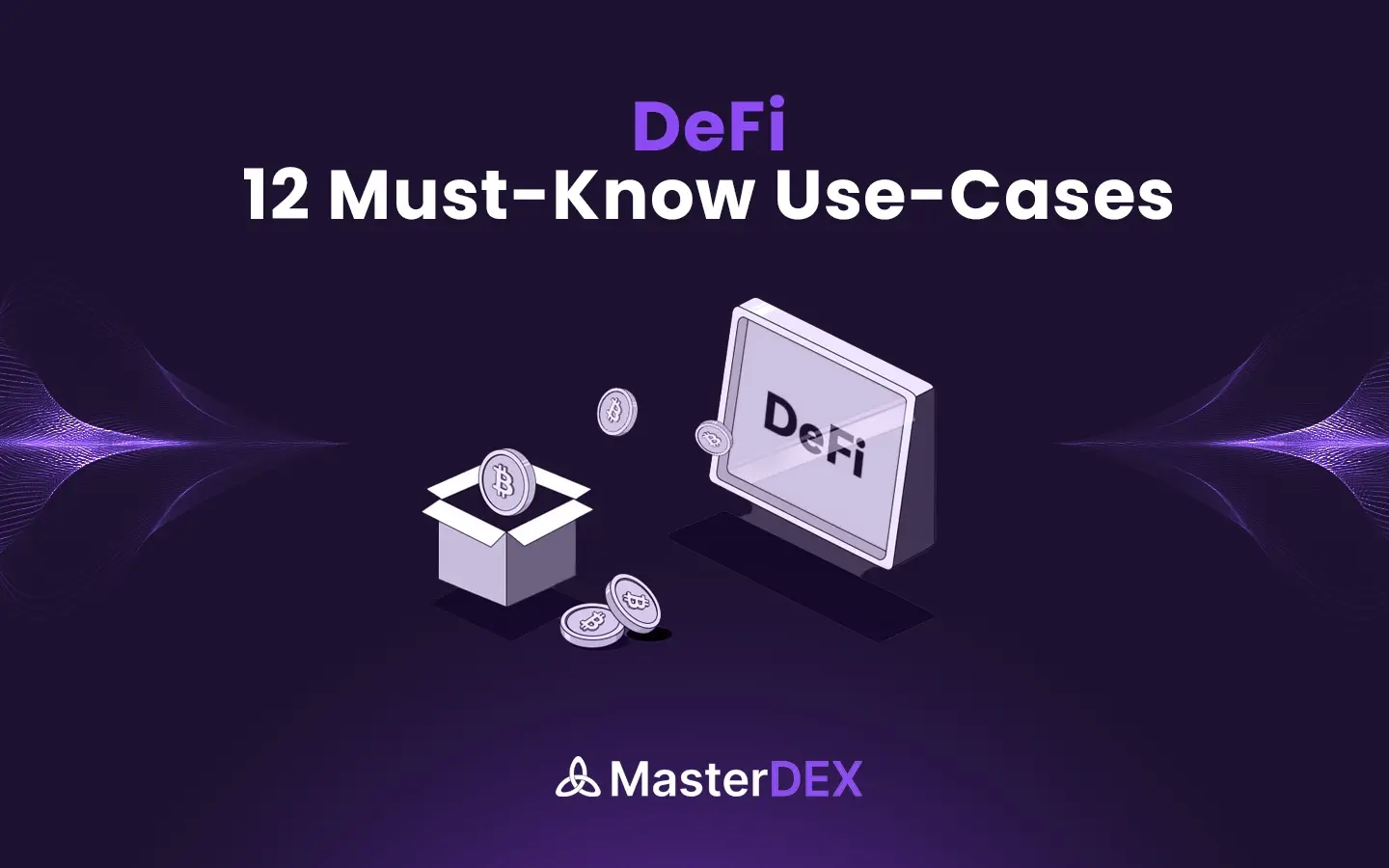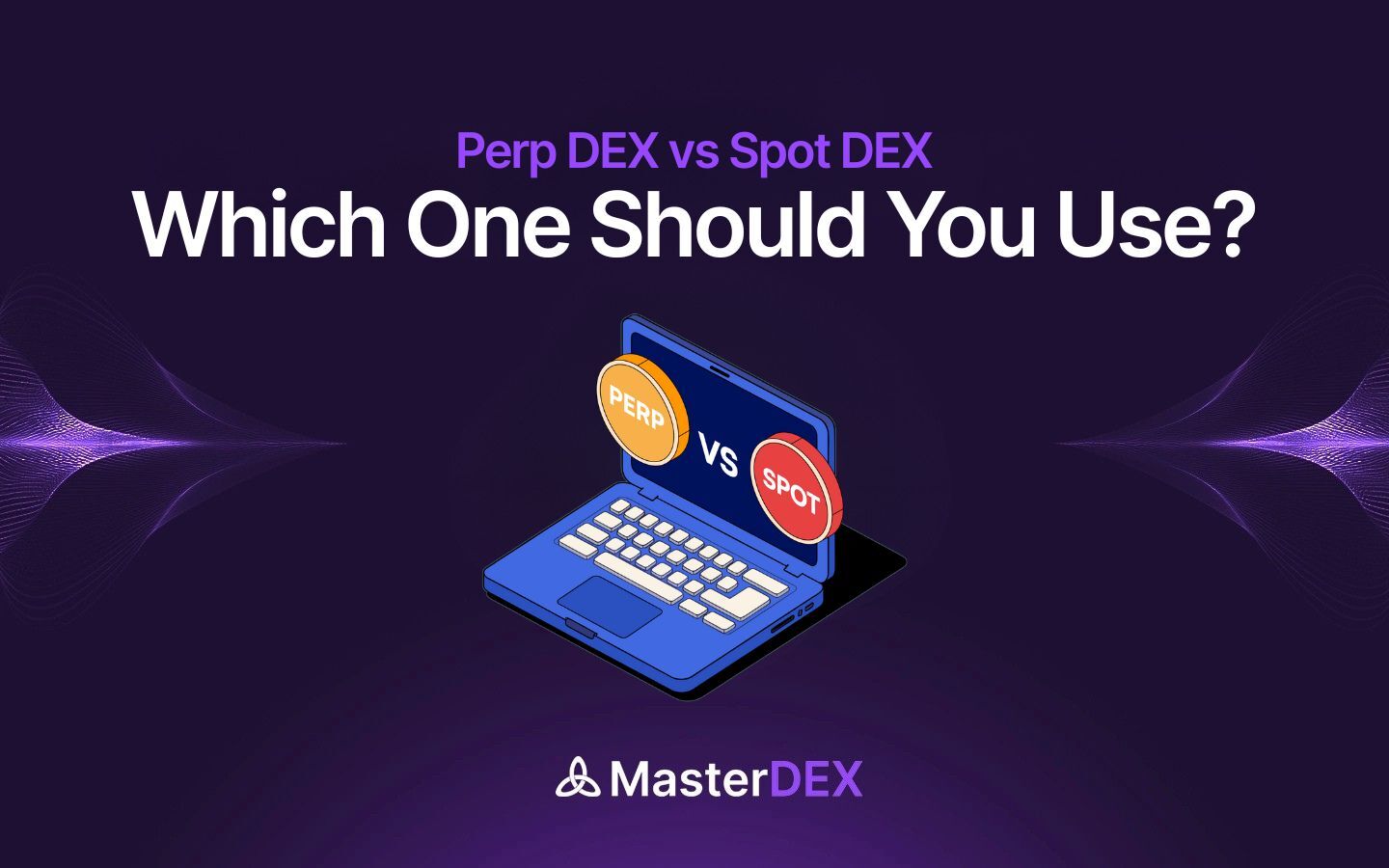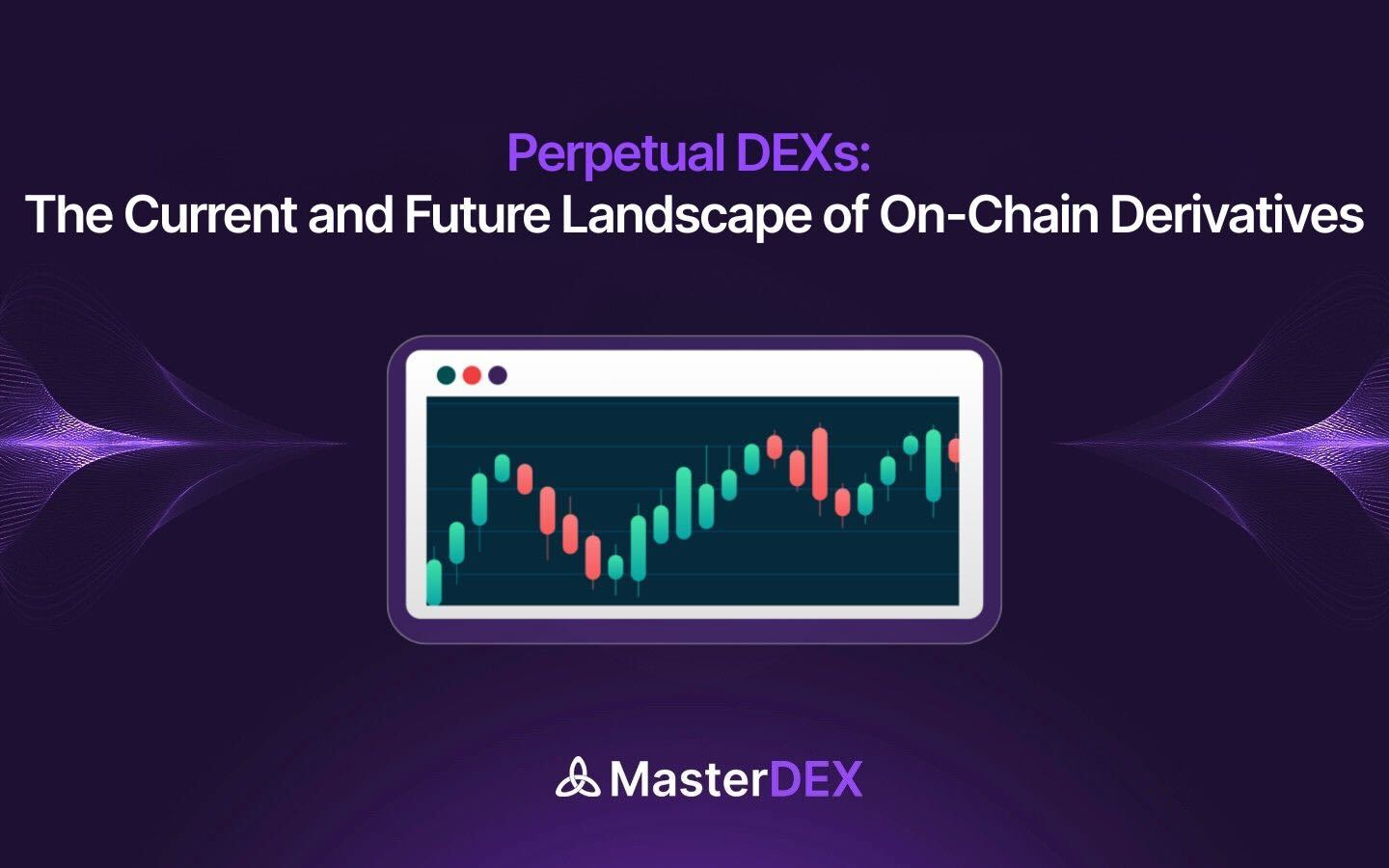Decentralized Finance (DeFi) is not just a buzzword. It’s a full-scale movement that is reshaping how we think about money, assets, and access to financial services. Built on the foundations of blockchain technology, DeFi seeks to eliminate intermediaries, democratize access, and make finance borderless, open, and programmable. From lending platforms to synthetic assets and NFT-backed economies, DeFi is creating a parallel financial ecosystem that runs autonomously via smart contracts. Below, we explore twelve of the most impactful and transformative use-cases of DeFi.
Table of Contents:
ToggleBeyond the Hype: 12 DeFi Use-Cases That Actually Matter
In just a few short years, Decentralized Finance, better known as DeFi, has evolved from a niche crypto experiment into a thriving, billion-dollar ecosystem that’s reshaping the financial world. By removing intermediaries and relying on blockchain-powered smart contracts, DeFi brings open, borderless, and permissionless alternatives to traditional banking, lending, trading, and investing. But beyond the buzzwords and hype, what does DeFi actually do? Let’s break it down with 12 real-world DeFi use-cases that show how it is transforming the way we manage, move, and multiply money.
1. Decentralized Lending and Borrowing
Decentralized lending and borrowing platforms have emerged as a cornerstone of the DeFi movement, providing individuals with open access to credit and passive income opportunities without traditional banks. Platforms such as Aave, Compound, and MakerDAO enable users to supply their crypto assets as collateral and receive loans in return. This process is managed entirely through smart contracts, eliminating the need for third-party approval or background checks. Most systems use overcollateralization, requiring borrowers to deposit assets worth more than the loan itself to mitigate risk. This ensures lenders are protected even in volatile markets. Interest rates on these platforms are dynamically adjusted based on market supply and demand, creating a more efficient and transparent system. Importantly, users maintain full control over their private keys and assets throughout the transaction. This model empowers underbanked populations, facilitates instant credit access, and enables crypto holders to unlock liquidity without selling their assets.
2. Decentralized Exchanges (DEXs)
Decentralized exchanges (DEXs) such as MasterDEX, Uniswap, PancakeSwap, and SushiSwap, have revolutionized how users trade cryptocurrencies. Unlike centralized exchanges that require users to surrender custody of their assets and undergo KYC procedures, DEXs operate on smart contracts that allow peer-to-peer token swaps directly from users’ wallets. These exchanges use automated market makers (AMMs) and liquidity pools to ensure constant trading availability. Users who provide liquidity to these pools earn fees and often receive additional incentives in the form of governance tokens. DEXs reduce risks associated with exchange hacks and offer greater resistance to censorship. Their permissionless and open nature allows anyone, anywhere, to list tokens and participate in trading—creating a truly borderless trading ecosystem.
Curious to learn more about top Decentralized exchanges? Well we have got you covered.
3. Stablecoins and Algorithmic Currencies
Stablecoins provide a much-needed anchor of stability in the volatile world of cryptocurrencies. Coins like USDC, USDT, and DAI are pegged to stable assets like the U.S. dollar and play an essential role in DeFi applications. They are used for trading, lending, borrowing, and as a store of value during market downturns. DAI, for example, is generated through the MakerDAO protocol using overcollateralized ETH or other crypto assets. Algorithmic stablecoins like FRAX and Ampleforth maintain their peg not through fiat reserves but via elastic supply mechanisms controlled by smart contracts. While more experimental, these tokens aim to maintain decentralization without compromising stability. Overall, stablecoins enhance usability and accessibility within the DeFi ecosystem by offering a reliable, low-volatility medium of exchange.
4. Yield Farming and Liquidity Mining
Yield farming and liquidity mining is another top defi use-case. Yield farming allows crypto holders to put their idle assets to work by providing liquidity to DeFi protocols in exchange for returns. By locking tokens into smart contracts, users earn interest or protocol-specific tokens. Liquidity mining is a specific form of yield farming where users are rewarded with newly minted governance tokens for contributing liquidity. Platforms like Yearn Finance, Curve, and SushiSwap have built sophisticated strategies to help users optimize yields. However, the high returns come with risks such as impermanent loss, smart contract bugs, and exposure to volatile assets. Despite these risks, yield farming has become a key innovation in maximizing capital efficiency and rewarding early adopters in the DeFi space.
5. Staking and Governance Participation
DeFi Staking enables users to earn passive income by locking their tokens to help secure Proof-of-Stake (PoS) blockchains or DeFi protocols. In platforms like Ethereum 2.0, Polkadot, and Cosmos, users stake their assets to validate transactions and receive rewards. In DeFi, staking also extends to participation in protocol governance. Governance tokens like AAVE, COMP, and MKR allow holders to propose and vote on changes such as fee models, risk parameters, and new asset listings. Some platforms offer liquid staking, where users receive tokenized versions of their staked assets (e.g., stETH from Lido) that can be used in other DeFi applications. This approach combines yield generation with decentralized decision-making, turning users into stakeholders in the evolution of the protocols they use.
6. Synthetic Assets and Derivatives
Synthetic assets replicate the value of real-world assets—like stocks, commodities, or fiat currencies—on the blockchain. Platforms such as Synthetix allow users to mint and trade synthetic versions of assets like Tesla stock or gold without needing to own the actual asset. This is achieved through collateralized debt positions and decentralized oracle feeds. These instruments open up access to global markets for users who are geographically or economically excluded from traditional financial services. DeFi derivatives also include options and futures trading, made possible by platforms like Hegic and Opyn. These tools enable sophisticated hedging, speculation, and arbitrage strategies without brokers or centralized clearinghouses.
7. Insurance Protocols
As DeFi grows in complexity, so do its risks. Decentralized insurance platforms such as Nexus Mutual, InsurAce, and others offer users protection against smart contract vulnerabilities, exchange hacks, and stablecoin depegging. These protocols operate as risk-sharing pools governed by communities rather than traditional insurance underwriters. Users can purchase coverage, stake assets to underwrite policies, and vote on claims transparently via smart contracts. Some models even use parametric insurance, which pays out automatically based on verifiable conditions. By providing a safety net, DeFi insurance not only encourages adoption but also stabilizes the ecosystem.
8. Decentralized Identity and Credit Scoring
Another popular DeFi use-case is decentralized identity and credit scoring. Without centralized identity systems, DeFi relies on innovative decentralized identity (DID) frameworks and credit scoring mechanisms. Projects like BrightID, Worldcoin, and Proof of Humanity offer methods to establish digital uniqueness without requiring sensitive personal information. These identities can then be tied to DeFi applications to combat Sybil attacks and build user reputations. For credit scoring, platforms like Spectral Finance and Goldfinch evaluate on-chain behaviors like wallet activity and repayment history to create reputation scores. These tools enable undercollateralized loans and more personalized financial services, especially for users in regions without access to traditional credit infrastructure.
9. Crowdfunding and Token Launchpads
Raising capital through DeFi has become more democratized thanks to token launchpads and decentralized crowdfunding platforms. Services like DAO Maker, Polkastarter, and CoinList allow projects to conduct Initial DEX Offerings (IDOs), opening investment opportunities to a global community. These platforms implement mechanisms such as vesting schedules, token locks, and tiered participation to ensure fairness and reduce volatility. Community-driven funding aligns incentives between investors and developers, while blockchain transparency ensures that every transaction is verifiable. The result is an efficient, trustless system for launching new projects without the bureaucracy of traditional fundraising.
10. Payment Channels and Remittances
DeFi is also solving real-world problems like international remittances and microtransactions. Traditional remittance services can take days and charge exorbitant fees. DeFi platforms like Celo, xDai, and Ramp Network offer stablecoin-based payment systems that are fast, cheap, and transparent. These networks are ideal for sending money across borders, making micropayments, or enabling recurring subscriptions. Layer 2 solutions like Optimism and Arbitrum further reduce transaction costs and congestion. For populations in developing countries, this represents a leap forward in financial inclusion and economic empowerment.
11. Decentralized Asset Management
Another DeFi use-case is Decentralized Asset Management (DAM). DAM platforms offer a modern alternative to traditional mutual funds and hedge funds. Services like Enzyme Finance, dHEDGE, and TokenSets allow users to create or invest in tokenized portfolios managed by either algorithms or professional traders. These smart contract-managed funds offer real-time transparency, no lock-ins, and lower fees compared to traditional finance. Investors retain custody of their assets while benefiting from diversified exposure and automated rebalancing strategies. DAM is also accessible to small-scale investors, making portfolio management more inclusive and interactive.
12. Gaming and NFTs in DeFi
The intersection of DeFi, NFTs, and gaming (known as GameFi) is creating new economic models where players can earn, trade, and stake digital assets. Games like Axie Infinity and The Sandbox reward players with tokens and NFTs that hold real-world value. Platforms like NFTfi and JPEG’d even allow users to use NFTs as collateral for loans, introducing liquidity to previously illiquid digital collectibles. This convergence allows for new forms of ownership, monetization, and community-driven development. Yield-bearing NFTs, play-to-earn models, and in-game DeFi economies are pushing the boundaries of what digital value creation can look like.
Conclusion
DeFi is more than just a financial alternative. It is a blueprint for an entirely new financial paradigm. Each DeFi use-case demonstrates how decentralization, automation, and openness can challenge the traditional systems that have governed finance for centuries. From credit and trading to identity and insurance, DeFi is unlocking opportunities for billions worldwide. However, with these innovations come risks, including security flaws, regulatory uncertainties, and the steep learning curve for new users. As the ecosystem matures, more tools, education, and safeguards will likely emerge to make DeFi not only transformative but also sustainable.



